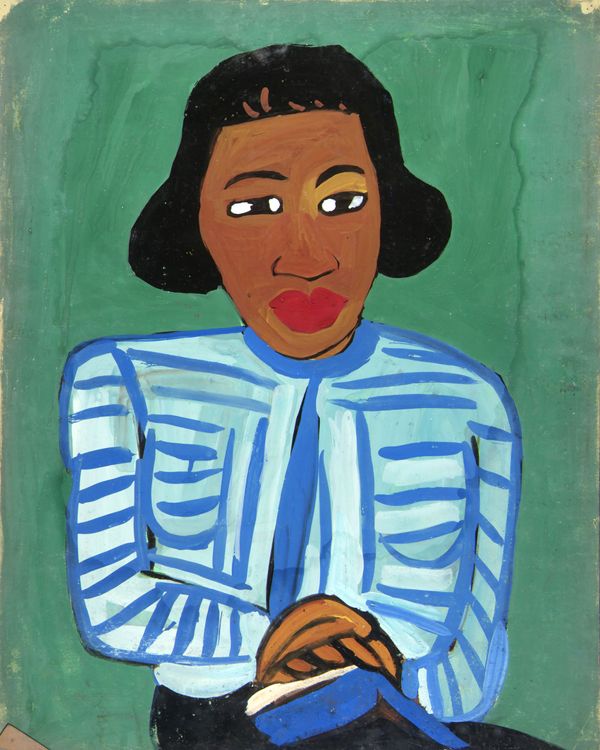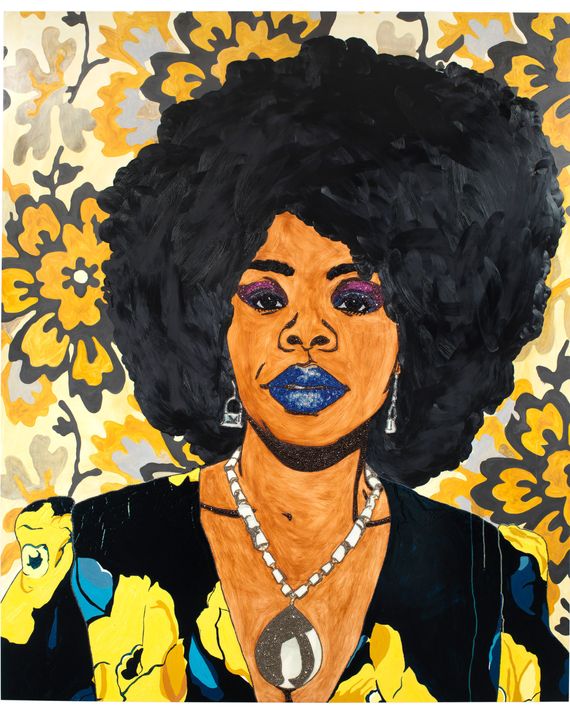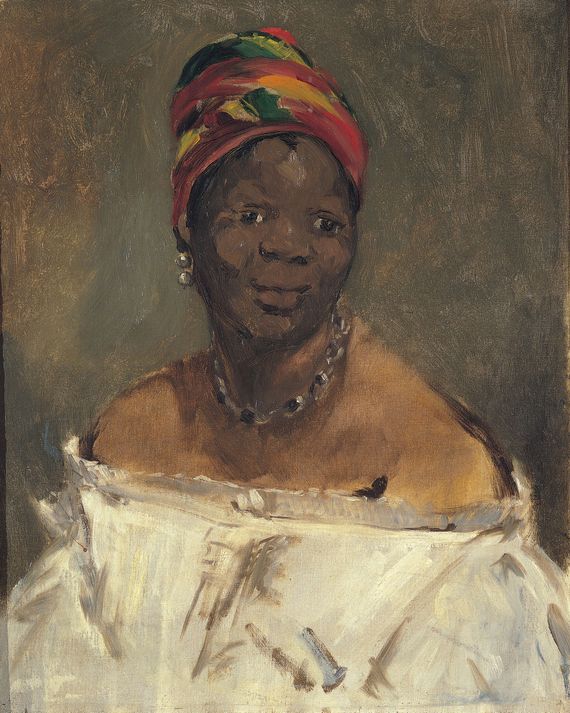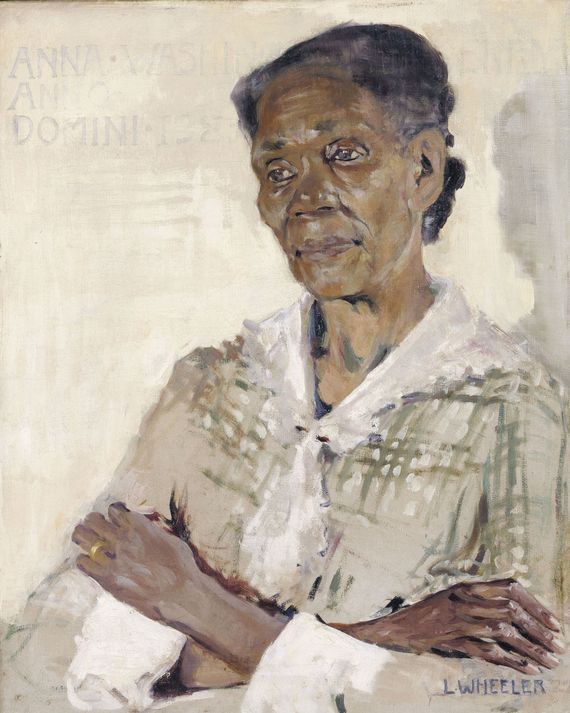
Posing Modernity: The Black Model from Manet and Matisse to Today is the current exhibition at the new Miriam and Ira D. Wallach Art Gallery, part of Columbia University’s $6.3 billion expansion into West Harlem. (Columbia Corporate prefers to call the area Manhattanville.) Previously on a windowless floor of a mixed department building and now in the Lenfest Center for the Arts, a shiny new building designed by starchitect Renzo Piano, the Wallach frames its recent move as a nod to the commons: freed from the confines of an academic building, according to the press releases, it is now more boldly open to the public. Harlem’s residents, however, have been organizing for years against Columbia’s expansion, which displaced many businesses and thousands of people. At the gallery’s opening in the spring of 2017, a sign read — incorrectly — “Lenfest Center for the Art.” More money, more typos.
Curated by Denise Murrell, Posing Modernity traces the vexed history of the black model in modern art, and it’s hard not to read its content in the context of the building in which it’s housed. The relationship between a successful painter and their figure model is like the relationship between Columbia’s campus and Harlem’s streets. One is endowed with expertise, glory, and the possibility of capital accumulation, and the other is an expropriated muse but in effect the locus where culture resides. One haunts the other.
As an organizing framework for the show, “black model” allows for the facile fusion of including both black and white artists, from the middle of the 19th century to the present. Likewise, the exhibition willfully succumbs to those pressure points where the black figure, the black model, and the black subject — all indexing different things — converge, putting artwork by Henri Matisse and Romare Bearden in direct conversation. Works by black women artists including Mickalene Thomas’s Din, une très belle négresse (2012) and Ellen Gallagher’s Odalisque (2015) are included in an attempt to revise, and speak back to, the older more canonical works by white men.
The show and catalogue were based on Murrell’s PhD dissertation in the Department of Art History and Archaeology at Columbia, called “Seeing Laure: Race and Modernity from Manet’s Olympia to Matisse, Bearden and Beyond.” Laure is the name of the model who posed as a black servant in Édouard Manet’s famous painting Olympia. In art-historical terms, Laure, holding a bouquet slanted toward the vanilla-skinned prostitute lying naked (no, nude) on a bed, is part of the background, a footnoted argument.
As scholar Anne Higonnet writes of art history’s omissions in the introduction to the exhibition’s catalogue, “We had, metaphorically, seen a Negress, without seeing a human being or a lived reality.” Posing Modernity brings Laure to the foreground, and attempts to flesh her out. Olympia the painting did not make it to New York City, but the gallery instead features Manet’s 1863 portrait of Laure called La négresse. Thanks to the work of Murrell, and other scholars, there is a lot more known about Laure than we knew in the last century. Maybe Laure, who has no last name, was from Africa. Maybe from somewhere in the Caribbean. Maybe she met Manet while working as a nursemaid. Maybe she posed for other artists, maybe not. What difference do these unverifiable discoveries make? In La négresse, Laure — if that is indeed her name — sits with a white off-the-shoulder dress, colorful head wrap, and thick jewelry. She is smiling, but she is also, clearly, posing.
In slight contrast to Manet’s La négresse, in Harlem Renaissance-era painter Laura Wheeler Waring’s Anna Washington Derry (1927), the black model, overcast by cream, has her arms crossed. She appears to be, like many black women before and after her, just a little fed up. But she showed up nonetheless. She’s looking resolutely somewhere but not at us. The “buts” that flock the very idea of portraiture — its desire to shore up a digestible subject — are present here. A criss-crossed blouse and pulled-back hair serves as armor, flexible texture against a hard-edged world. But in all the life she’s lived, the life you can see in her wise gaze, there’s softness there.
And a shadow. For those of us looking, for those of us with the will to look, black women’s figures pervade modern art — like Laura Wheeler Waring’s shadow, a kind of absent presence that provides the feel or the grit to aesthetic representation.
An expanded version of the exhibition will travel to Paris next year, with additional curatorial input by Cécile Debray, Stéphane Guégan, Isolde Pludermacher, and Edouard Papet. There it will be on view at the Musée d’Orsay from March 26 to July 14. The French show, Le Modèle noir, de Géricault à Matisse, has no “today” in its title, leaving the question of Paris’s present-day black residents ever haunting.




